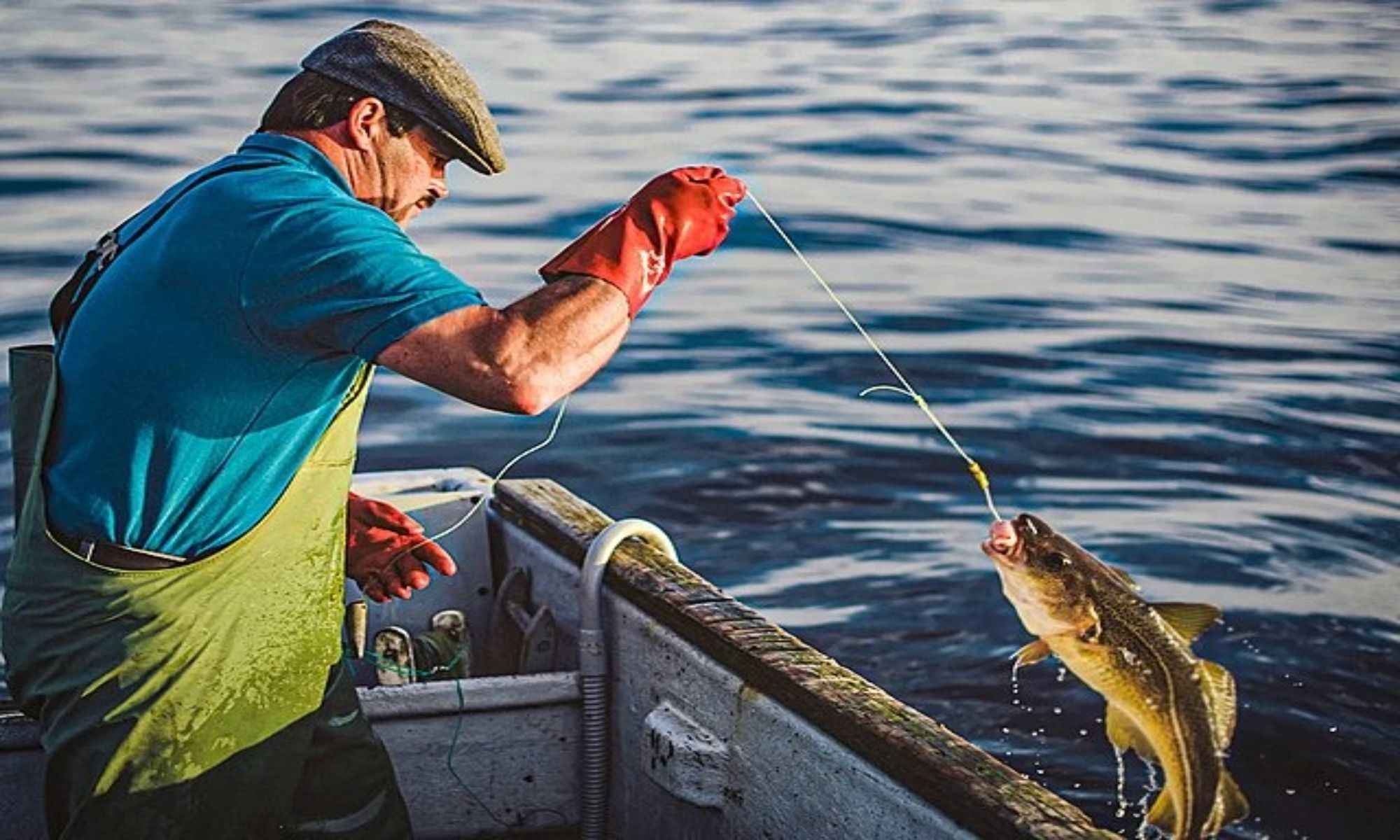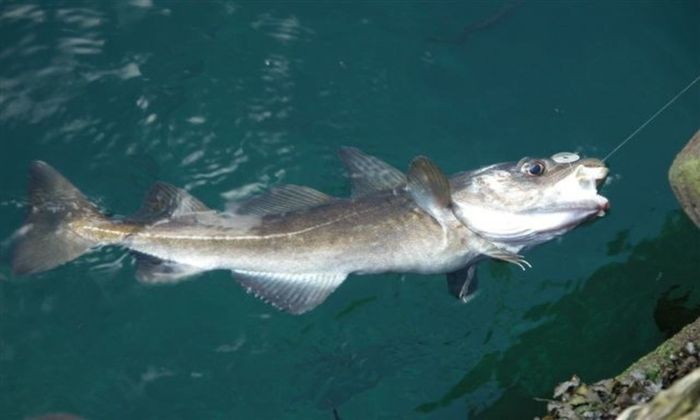Is Handlining a Difficult Technique of Fishing?
Here's why you should try out handlining or handline fishing and why it's not such a difficult fishing technique to enjoy and master.

With its name, handlining or handline fishing is the most hands-on fishing technique, unless you stick your bare hands into the water to grab and catch live fish! This method has only a fishing line between you and your target, making you feel every move the fish makes. You won’t need a rod and reel for this technique, only a weighted line, and a baited hook. It is one of the oldest and most primitive forms of catching fish and is also one of the easiest and most exciting to learn.
While it is a fairly simple technique, it requires anglers to be fully attentive and hands-on. You need to be entirely focused on your line. Even though it’s an old method, many anglers still use it today. Not only because of how fun it is but also because it’s highly effective when you want to target reef fish on or near the seafloor. Handline fishing can be paired with trolling, jigging, and drift fishing for saltwater and freshwater species.
Below are a couple of things you must know and tips if you are interested in the art of handline fishing:

Why Go Handline Fishing?

The best thing about handlining is that it doesn’t take too much time and resources to have and set up. Despite the simplicity, it can be versatile and shine when you need something to catch fish at the last minute. It’s a technique mainly used for recreational fishing for the common angler and research purposes for marine scientists. It’s also an excellent way to get kids into angling because it’s tactile and exciting due to the opportunity it provides of feeling the fish’s bite and having direct access to caught fish.
Handlining is useful because you can quickly get fish away from wharf piles or other structures. It lets you catch fish in environments that usually snag your rigs, bait, and lure. Another great aspect of handlining is that the direct connection with the line and smaller bait fish can result in hookups from a delicate take and presentation. A heavy line will also let you efficiently haul large fish onto the wharf. It can also let you firmly play the fish to prevent your line from wrapping around pilings. Handline fishing allows fine-tuned control of larger fish, unlike any other methods.
Using a handline is productive when paired with trolling lines to target species like albacore tuna. Commercial fishers use this method predominantly, but recreational anglers can deploy handlines with rods that allow them to add extra lures. Another advantage of handlines is that they don’t take up too much space. Therefore they’re ideal for traveling and for prolonged fishing tours.
What You’ll Need for Handline Fishing
The main thing you’ll need for handlining is a fishing line. All types of lines work, whether monofilament, braided, twisted, or fluorocarbon. You’ll also need a variety of hooks, weights, and swivels. Don’t forget that you can’t go handlining without gloves because they give you a better grip, prevent your skin from getting cut, and help you withstand a lengthy battle with the fish you’ve hooked.
Handlining Tips
- When setting up your handlining rig, make sure your fishing line and leader can withstand at least 150 lbs to 300 lbs breaking strain. Crimp on a single or double hook and position it, so an artificial lure of your choice conceals it. Slide on a weight securely on the nose of the lure. Tighten it all up and position the sinker in the lure’s head.
- Use skirting trolling lures to generate an attention-grabbing stream of bubbles called a ‘smoke trail’ to attract fish.
- Use a shock absorber to withstand the power of the fish’s initial bite.
- Know how to tie appropriate fishing knots that can help reduce the breaking load of your gear.
- Use a wire leader to target toothy species like barracuda, wahoo, and sharks.
- Pelagic fish take more interest in a lure moving at a slow or moderate pace, so you don’t need to sail too fast with your handline.
- You don’t need to sink your line to the bottom of the water column to catch fish with a handline, as most can be caught within a couple of meters from the surface.
Get More Hands-On with Fishing Charters
A lot of fish all over the country can be caught by handlining, so book a guide service that will further help you in that exciting endeavor. Tuna Wahoo Charters has bluefin tuna guided trips in Palm Beach, where you can also find plenty of other game fish to catch with your handline. Guides like Deep Color Fishing and Wicked Salty Fishing Charters let you go on fishing trips in the Gulf of Mexico, where there are a ton of more fish to chase. Freshwater charters like North Emerald Charters can show you how to nab salmon and trout, which are also popular targets of handlining.




